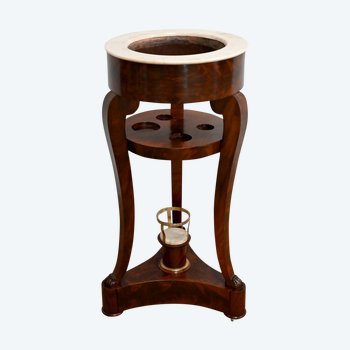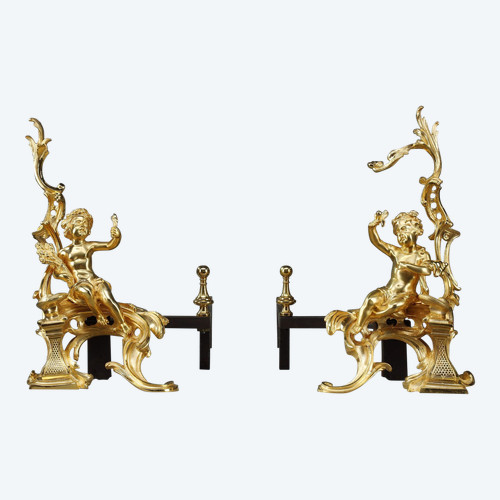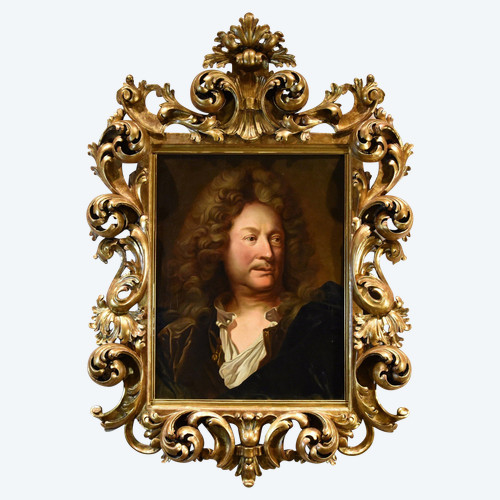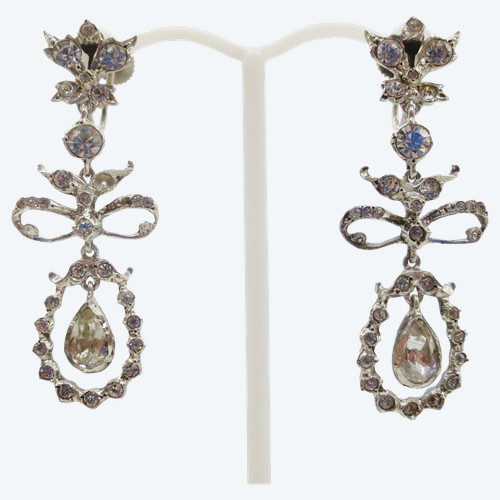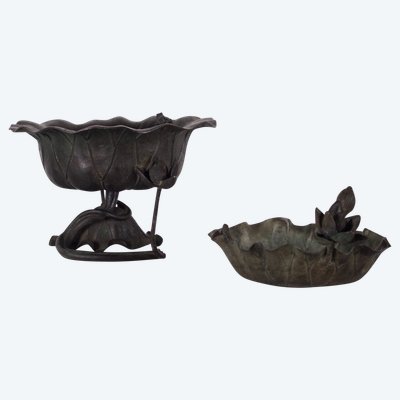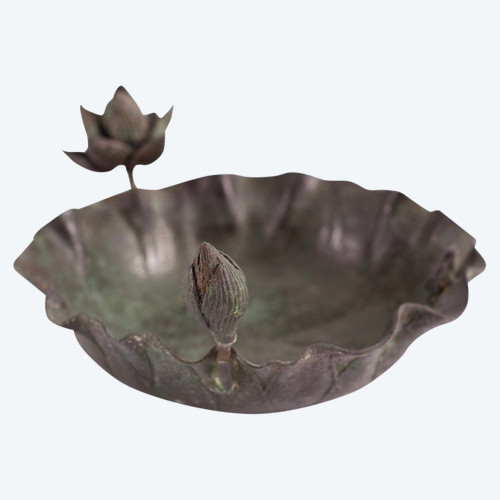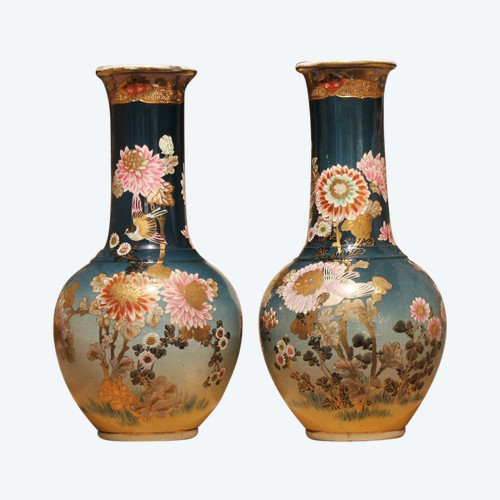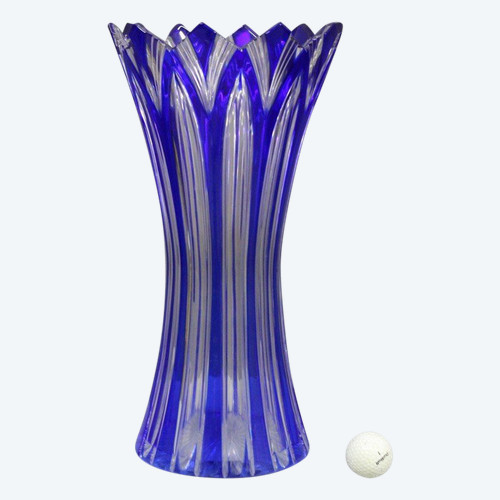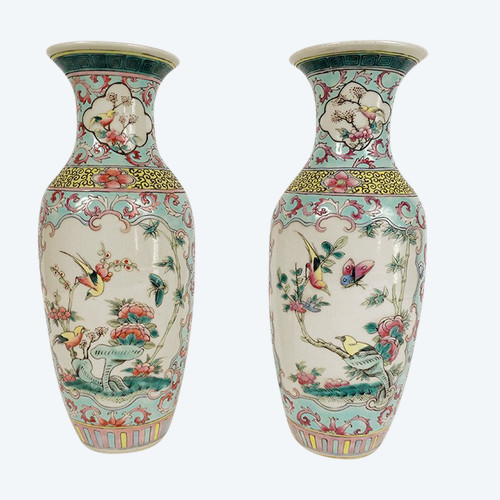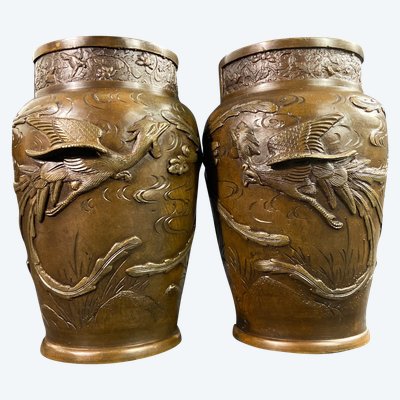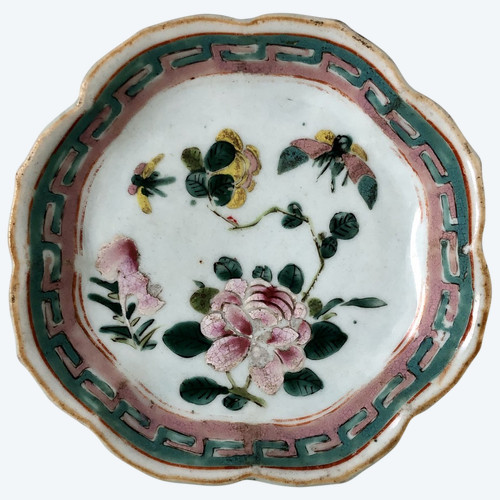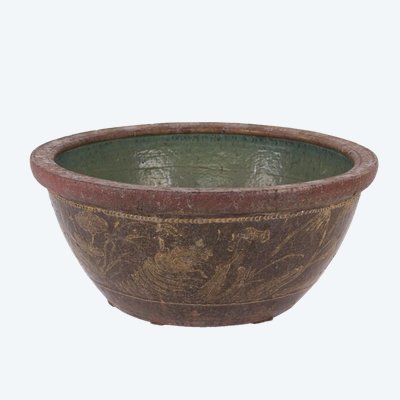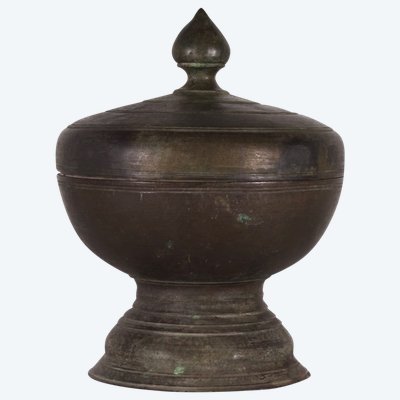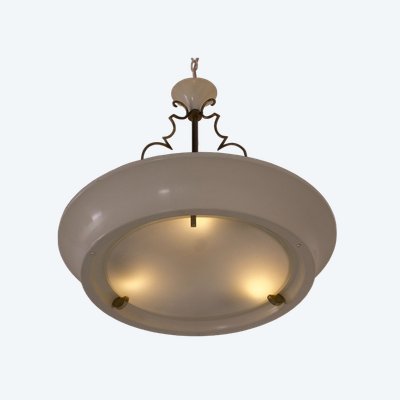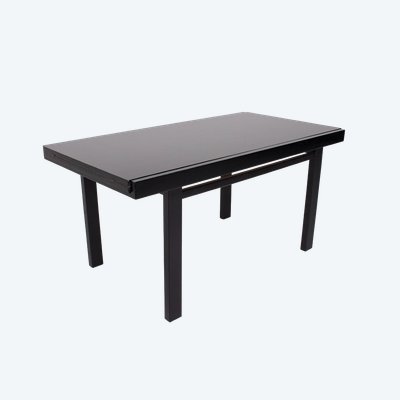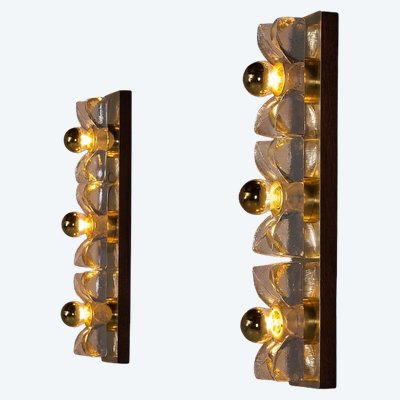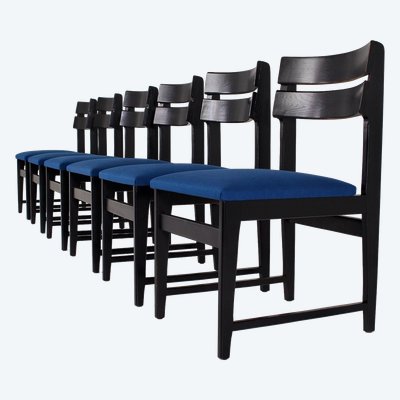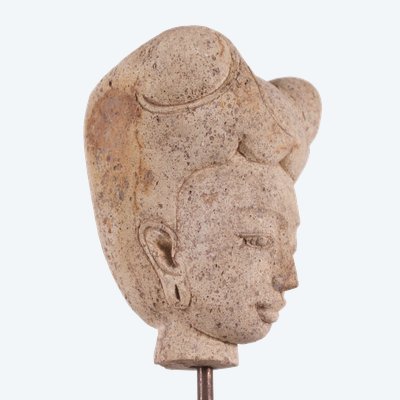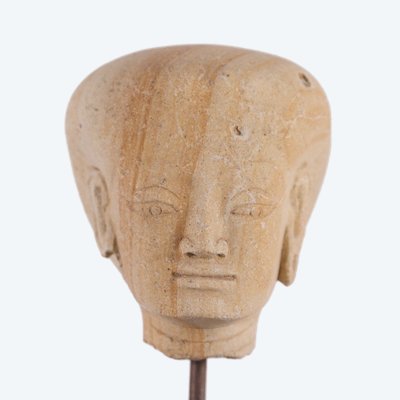This description has been translated and may not be completely accurate. Click here to see the original
Pair of Ikebana bowls in green patina bronze, decorated with lotus leaves and flowers, each adorned with a small frog.
Japan, Meji period (1867-1912)
Provenance: Claude de Marteau
Sold with certificate of provenance.
Identical pair to those previously sold (except for patina).
Dimensions:
Large bowl H 13 cm x Diameter 20 cm, weight 1107 grams
Small bowl H 8 cm diameter 18 cm, weight 476 grams
The Japanese art of ikebana originated in Buddhist temples and is closely linked to Zen philosophy.
It's the art of flower arranging, and these bowls are often wide and shallow, designed to hold water and hold flowers in place with supports called kenzan. They can be made of ceramic, metal, glass or woven baskets, and play an essential role in enhancing floral arrangements by providing a stable, aesthetically pleasing base.
The main compositional rules of ikebana are silence, asymmetry and structure, and its arrangements are represented by three fundamental elements: Shin, Soe and Hikae .
Shin represents the highest, most prominent part, symbolizing heaven or the spiritual realm.
Soe serves as a secondary element, representing humanity and linking Shin and Hikae.
The Hikae is the lowest and smallest element, symbolizing the earthly, physical realm.
See these Lotus Ikebana bowls in full screen mode on Vintage Addict
Ref: 3EIXYV20RF

